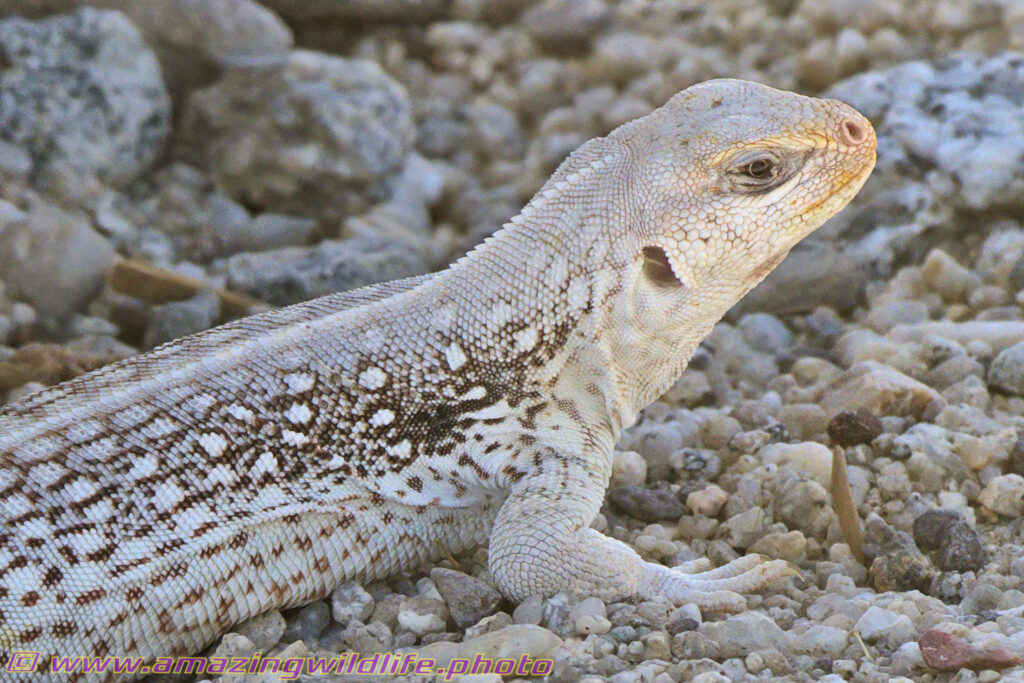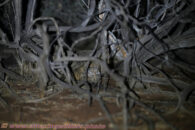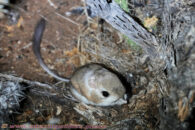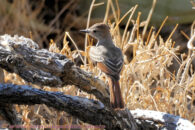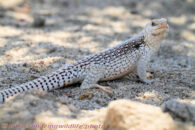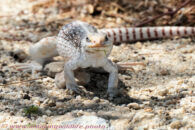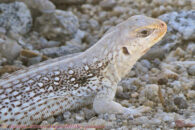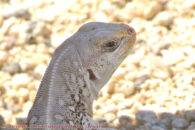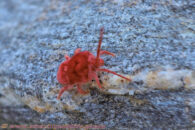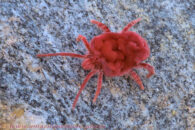BLTN = Better Late Than Never 😉
In this post, we continue the visit to the Anza-Borrego desert with Rowshan which occurred last year as I mentioned in this previous post. Today, we are going to take a look at a kangaroo mouse, an ash-throated flycatcher, some desert iguanas, and a strange tiny creature: a red velvet mite. I know that most people just jump straight to the pictures gallery. But this time, if you are so inclined, you will have to scroll down. The reason is that the last 3 pics are about the red velvet mite and it seemed logical to have the group of comment and video about it right after the pics.
So, first the kangaroo mouse. I am not sure which one this is, the pale one or the dark one.
Whatever the case, as you can imagine, it’s called kangaroo mouse because of its locomotion mode which consists in hoping around like a kangaroo. As many desert animals, it doesn’t drink water. It derives it from its food, something quite remarkable when you know that it is a granivore. In other words, it feeds mostly on grain. They may also eat some insects. But it seems to me that between these two types of food that doesn’t add up to much water. Perhaps they also eat prickly pears?
Next we have the ash-throated flycatcher. That bird, just like the kangaroo mouse, gets its water from what it eats. It is primarily an insectivore, but it will also eat fruit, saguaro cactus, and desert mistletoe. It has a wide range habitat in USA but, at the falls, it migrates to southern Arizona and California. It seems to be quite an adaptable and successful bird as this unfortunately rare kind of comment in the Wikipedia article illustrates:
“Because of its extensive range, very large population, and generally increasing numbers, the ash-throated flycatcher has been listed as a species of least concern by the International Union for Conservation of Nature.[1]”
Then we have the desert iguanas.
The Wikipedia article describes it as:
“The desert iguana is a medium-sized lizard which averages 41 cm (16 in) in total length but can grow to a maximum of 61 cm (24 in) including the tail.”
So, iguanas are part of the lizard family which is itself a member of the reptiles family. What does that mean?
One thing which is obvious is the scales covering their body. Another which, while less obvious but probably well known: they are cold blooded creatures. They do not generate their own body heat. Thus they can function with lower food intake than mammals like us. We need to keep eating regularly to keep our body at the right temperature, which is about 37 °C (98.6°F). The following link has a nice explanation of how that works for lizards: https://en.wikipedia.org/wiki/File:Lizard_Thermoregulation.svg
It might interest you to also know that desert iguanas, unlike a lot of lizards which are insectivores, are primarily herbivorous. So they eat leaves, buds, flowers. This article in particular mentions the “yellow flowers of the creosote bush, their favorite food”
One last thing, they live about 7 years. But they can live as long as 14 year in captivity. The question now should come up to you: what is best, living 7 years free, or twice as long in captivity? Anyone who knows me would know what my answer would be. Go ahead… put in your two cents, that’s what the comments section at the bottom of this page is for.
Alright, thank you so much to those of you who actually read all my ramblings up to this point.
Here are the pics:
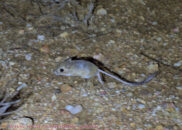
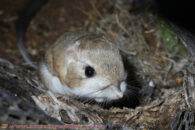
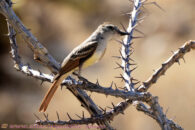
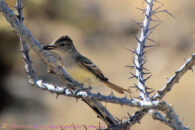
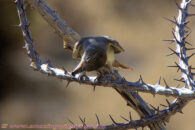
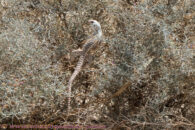

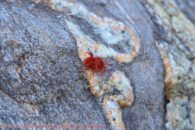
The Wikipedia article on the red velvet mite (scientific name: Dinothrombium) is pretty succinct.
One of the things that most people would probably want to know is this sentence: “They are harmless to humans and regarded as beneficial because they feed on tiny arthropods and their eggs, including pest species”
When I looked at it walking I thought it only has 6 legs and the 2 pedipalps (limbs which look like legs but are used to sense the surroundings). This would mean that it is an insect. However, mites actually belong to the large family of arachnids which means they really are supposed to have 8 legs.
Now, if you watch the video below you will see what I mean. It seems to me that it’s only using these 2 front legs to check the ground. What do you think?
